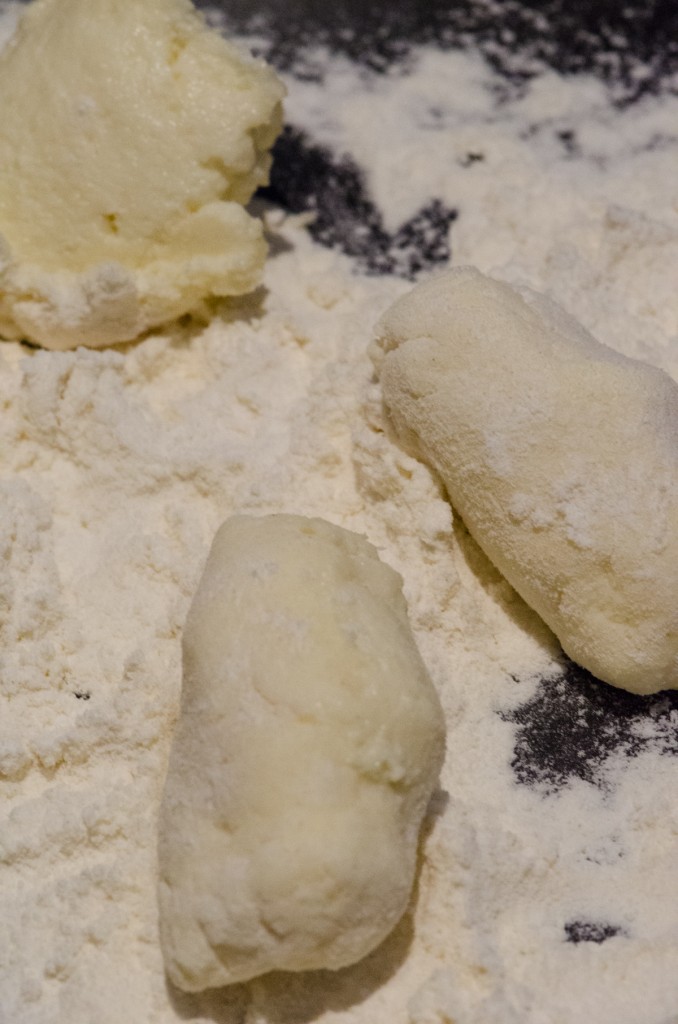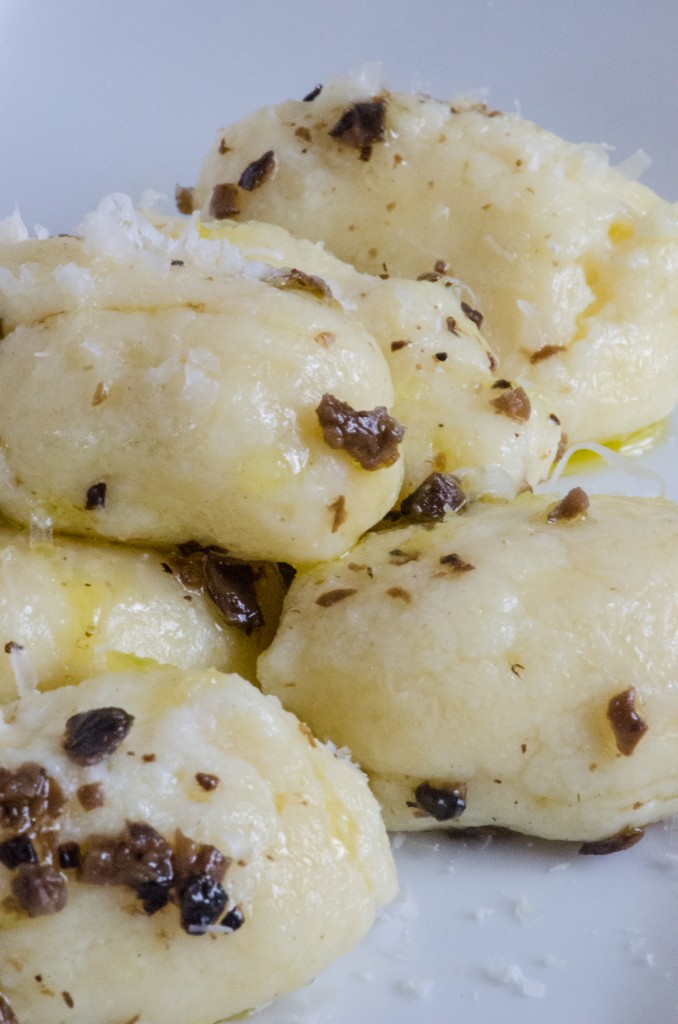 Probably the most ubiquitous form of pasta we find on our cycling and ski adventures in Northern Italy is gnocchi. Is gnocchi pasta? Well, it is likely the predecessor of pasta – originally dumplings formed from flour and water, poached in water. These small dumplings, the name gnocchi probably coming from the Italian word for knuckle, nocca, date as early as the Roman empire. Recipes for gnocchi incorporating cheese, flour, and eggs appear as far back as the cookbooks of the thirteenth century. The original flour and water mixture for gnocchi is still used today in many regional recipes in Italy, where they take different names and shapes, and are now considered pasta – from orecchiette from Apulia to Sardinia’s malloreddus.
Probably the most ubiquitous form of pasta we find on our cycling and ski adventures in Northern Italy is gnocchi. Is gnocchi pasta? Well, it is likely the predecessor of pasta – originally dumplings formed from flour and water, poached in water. These small dumplings, the name gnocchi probably coming from the Italian word for knuckle, nocca, date as early as the Roman empire. Recipes for gnocchi incorporating cheese, flour, and eggs appear as far back as the cookbooks of the thirteenth century. The original flour and water mixture for gnocchi is still used today in many regional recipes in Italy, where they take different names and shapes, and are now considered pasta – from orecchiette from Apulia to Sardinia’s malloreddus.
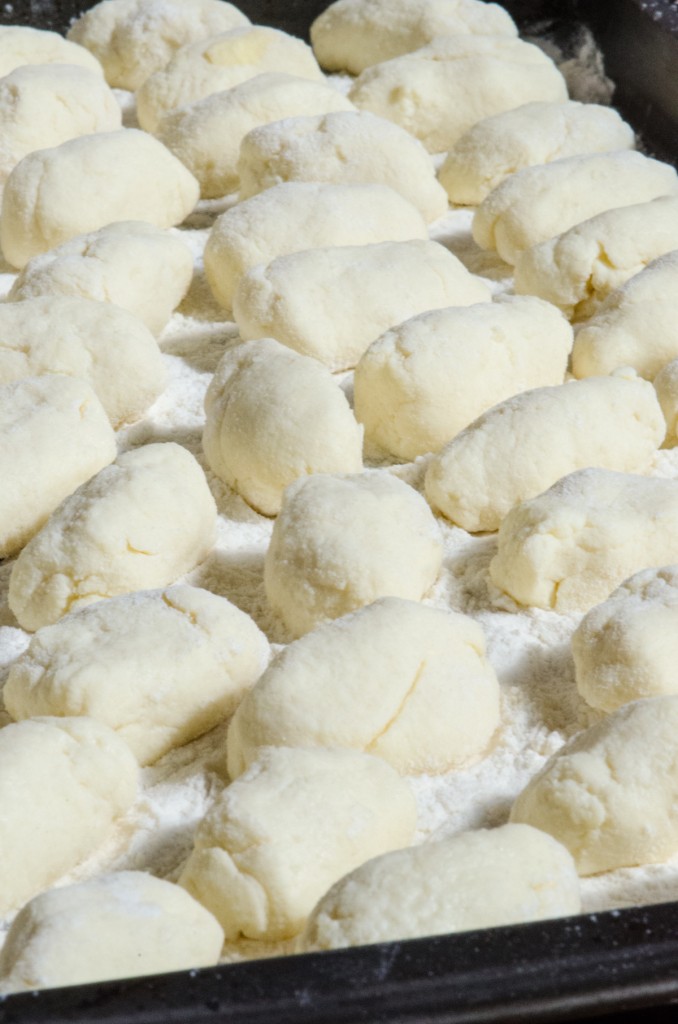 As the years passed, gnocchi evolved to include a myriad of possible ingredients, incorporating whatever leftovers were on hand. The result is a wonderful variety of regional variations. Among the options, you can find gnocchi based on stale bread, ricotta and other cheeses, semolina, buckwheat, spinach, meats like speck and even spleen. Potato gnocchi are the ones we see most frequently on our Veneto tours, but these didn’t appear in Italy until potatoes were introduced in the 1600s.
As the years passed, gnocchi evolved to include a myriad of possible ingredients, incorporating whatever leftovers were on hand. The result is a wonderful variety of regional variations. Among the options, you can find gnocchi based on stale bread, ricotta and other cheeses, semolina, buckwheat, spinach, meats like speck and even spleen. Potato gnocchi are the ones we see most frequently on our Veneto tours, but these didn’t appear in Italy until potatoes were introduced in the 1600s.
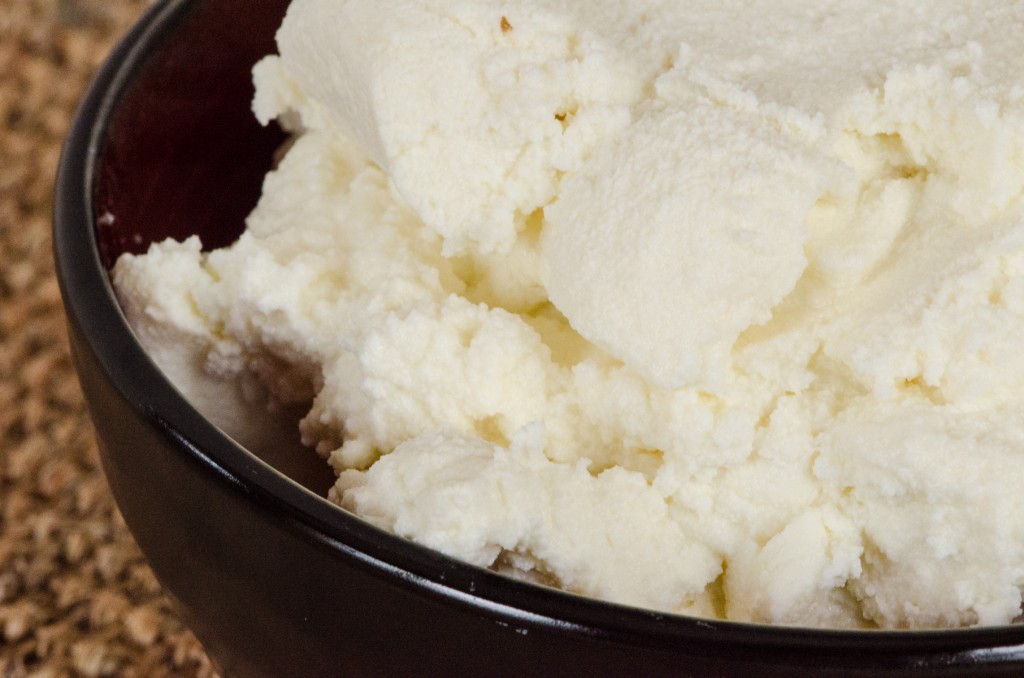 My latest favorite flavor is ricotta gnocchi. These are some of the simplest gnocchi to prepare, requiring only a good quality ricotta cheese. But there are still the same basics principles to producing a light dumpling rather than a heavy lead one, so a bit of care is needed. But the steps are simple, and the result wonderful.
My latest favorite flavor is ricotta gnocchi. These are some of the simplest gnocchi to prepare, requiring only a good quality ricotta cheese. But there are still the same basics principles to producing a light dumpling rather than a heavy lead one, so a bit of care is needed. But the steps are simple, and the result wonderful.
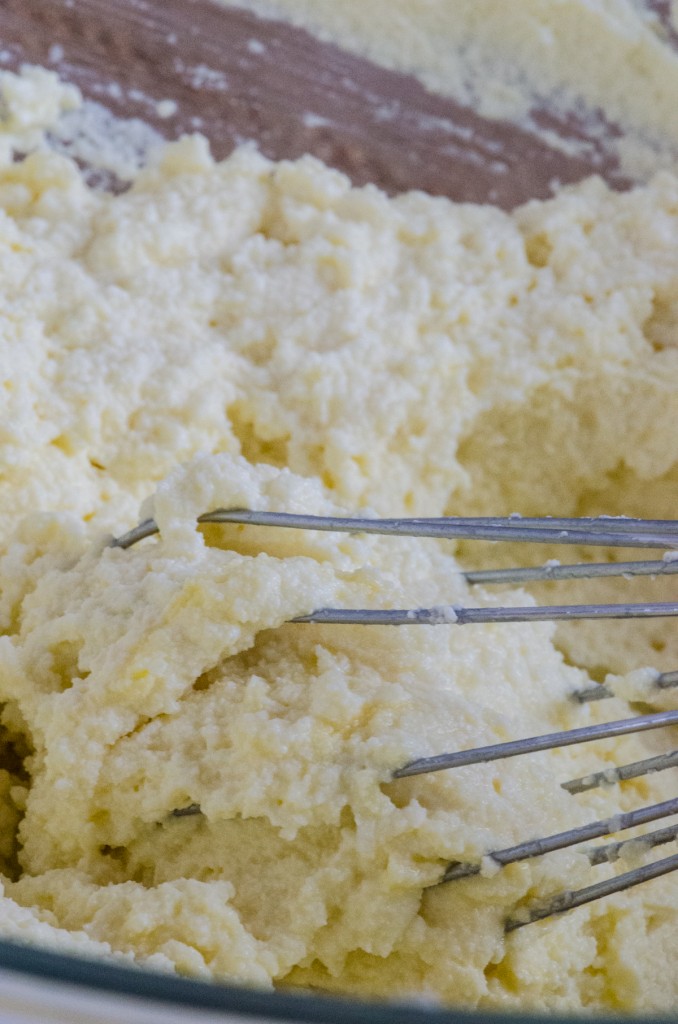 The secrets: use as little flour as possible, handle as little as possible.
The secrets: use as little flour as possible, handle as little as possible.
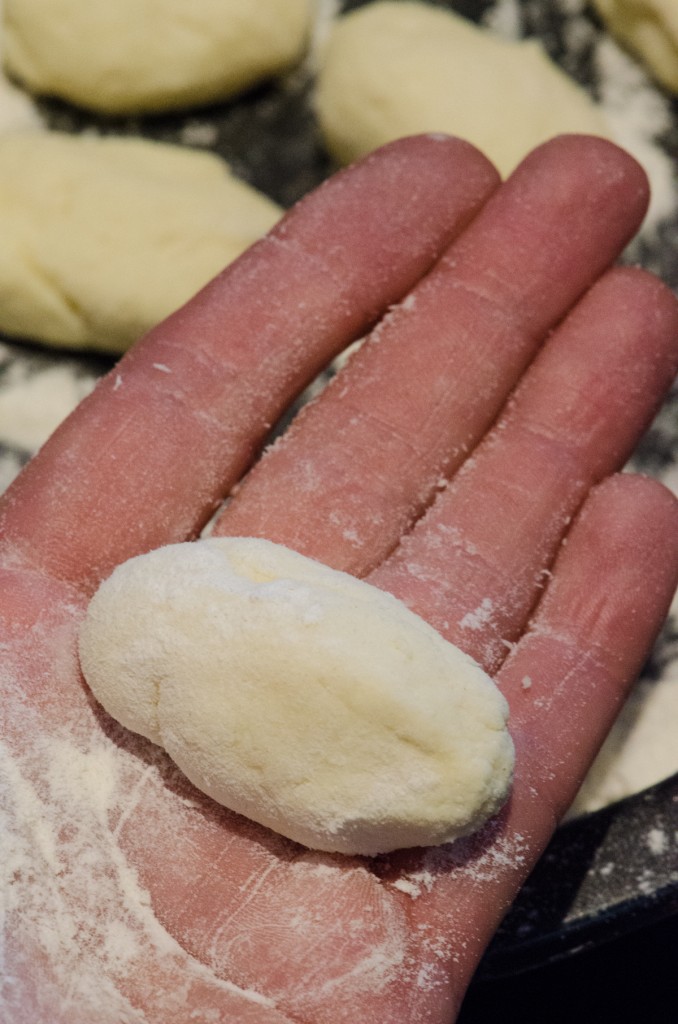 To start, use the best quality ricotta cheese you can find. But I have made perfectly acceptable ricotta gnocchi from grocery store ricotta. Spoon it out of the container into either cheesecloth or a strainer, and hang over a bowl to drain for about 4 hours before using. You can even do this the day before, and leave it draining in your refrigerator. This will eliminate as much liquid as possible from the ricotta. Less liquid means less flour.
To start, use the best quality ricotta cheese you can find. But I have made perfectly acceptable ricotta gnocchi from grocery store ricotta. Spoon it out of the container into either cheesecloth or a strainer, and hang over a bowl to drain for about 4 hours before using. You can even do this the day before, and leave it draining in your refrigerator. This will eliminate as much liquid as possible from the ricotta. Less liquid means less flour.
The recipe below includes a few easy ideas for sauces, but there are many ways to serve these. Perfect with the last of the truffle sauce from our Umbria cycling tour.
Gnocchi di Ricotta
Serves 6 as a first course
1 1/2 lbs. ricotta, drained for 4 hours or overnight
2 large eggs
1 1/2 c. grated grana cheese
1 cup all-purpose flour, plus extra for shaping
Kosher salt and freshly ground pepper
In a large bowl, beat the ricotta vigorously with a whisk. If, after beating for some time, you still have some firm curds, press the cheese through a strainer to break them down.
Add the eggs and grated cheese and whisk well, until fluffy. Add the flour and whisk until just combined. Season with salt and pepper.
Place a layer of flour in a pie plate or other shallow dish. Have a sheet pan handy as well, with a dusting of flour on the bottom. Dust your hands with a bit of this flour. Using a spoon, scoop up about 1 tablespoon or so of the ricotta mixture, and place the spoonful into the pie plate on top of the flour. Using your hands, turn the ricotta ball until it is coated with a dusting of flour, then pick it up and lightly shape it into an oblong dumpling. Don’t worry too much about getting a perfect shape – lumps and bumps are just fine. Place the gnocchi on the sheet pan.
If you are doing this recipe for the first time, or are using a ricotta cheese you haven’t used before, at this point I would recommend you test your first gnocchi to make sure it holds together. You don’t want to shape 80 gnocchi to find out they fall apart when you cook them! Poach the first in a small pot of simmering, not rapidly boiling water; if it holds together, you are good to go. If it blows apart, add a touch more flour.
Repeat and shape your gnocchi until all of the ricotta mixture has been used. I usually do 4 or so at one time. Make sure they are not touching as to place them on the sheet pan. When done, place the sheet pan in the refrigerator to keep cool as you continue.
Bring a large pot of water to boil over high heat. When boiling, add a liberal amount of salt. Turn down to a simmer.
Prepare your sauce in a large sauté pan. See below for ideas – you want your sauce to be warm and ready to go when the gnocchi are done cooking.
Remove the sheet pan from the refrigerator. Transfer about a quarter of the gnocchi to the boiling water, making sure not to overfill the pot. You will most likely need to cook them in batches. They will sink to the bottom initially, but as they cook will rise to float at the top. Scoop them up as they float, and transfer to the sauté pan with the sauce.
When all are cooked and coated with sauce, serve immediately.
A few ideas on sauce
- simple browned butter, garnished with grated cheese and herbs
- meat ragu
- pomodoro (tomato) and basil
- butter and truffles
- olive oil and pesto
